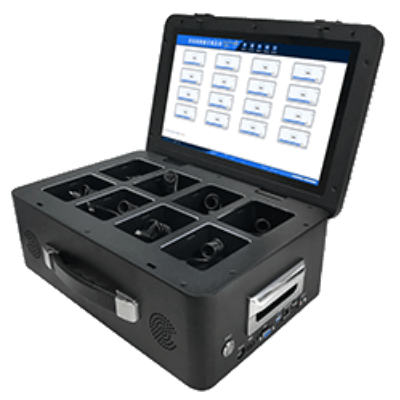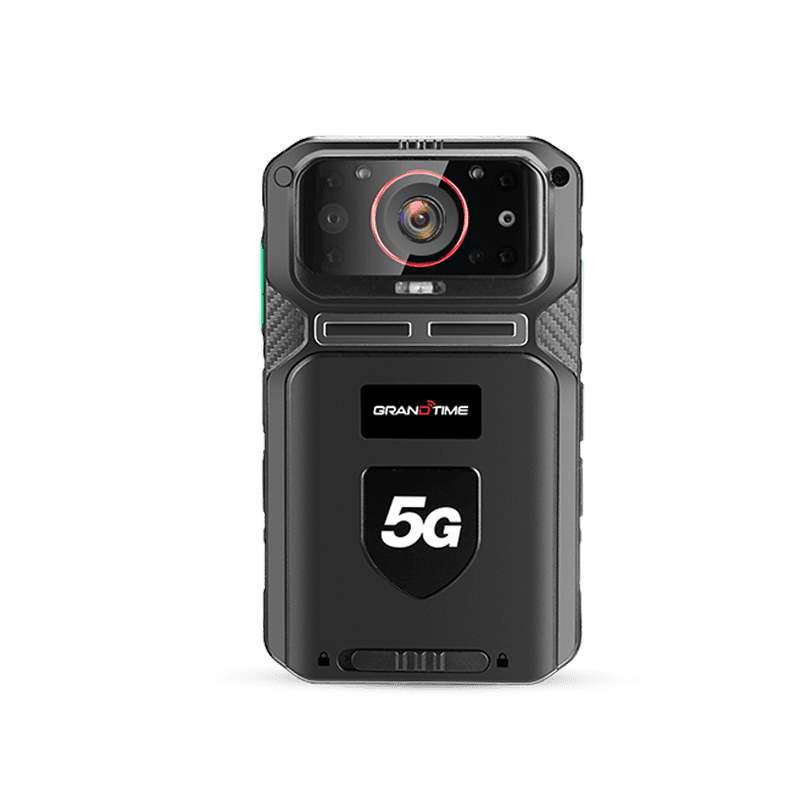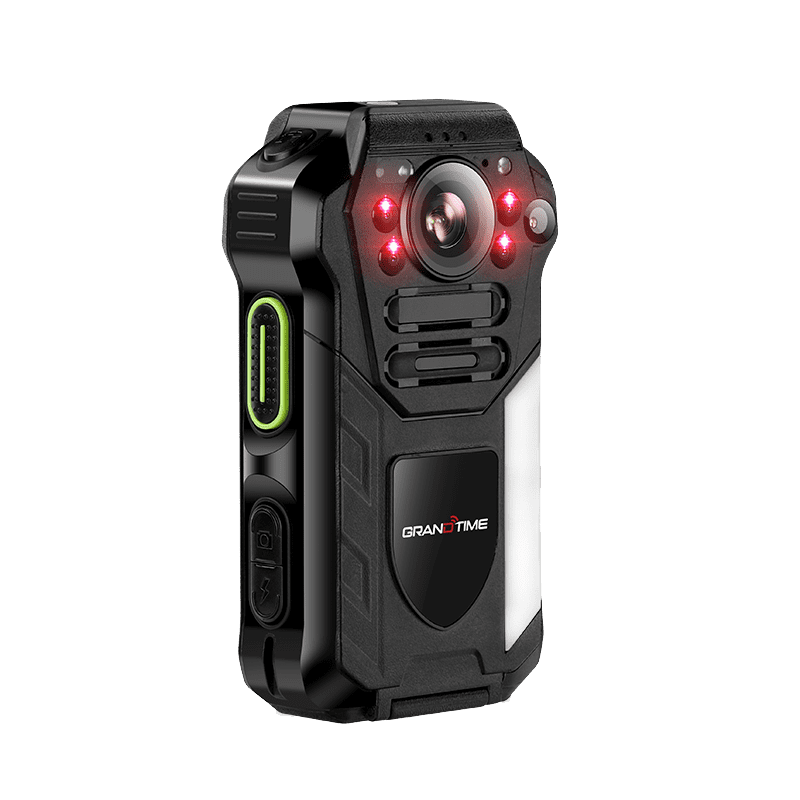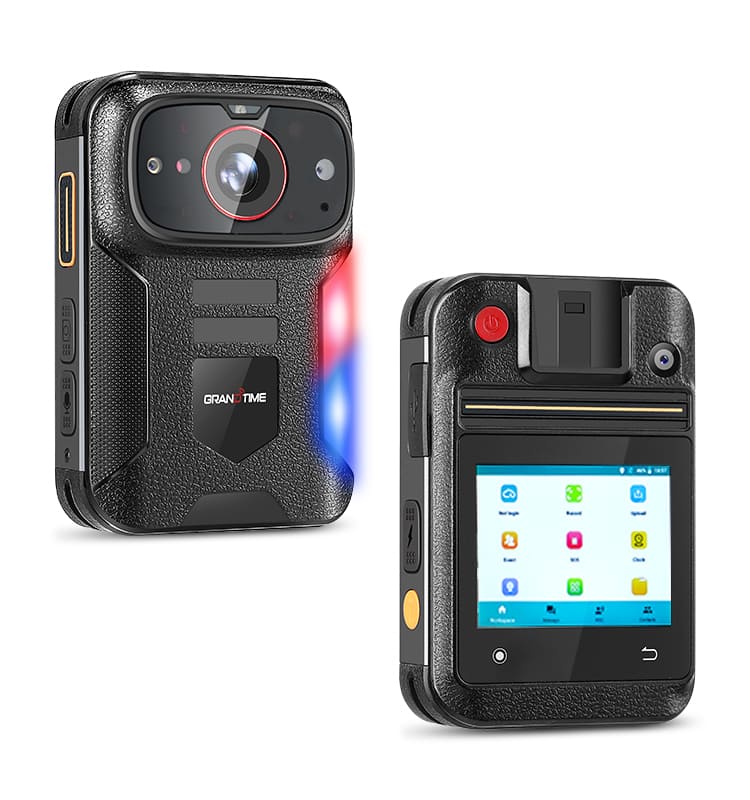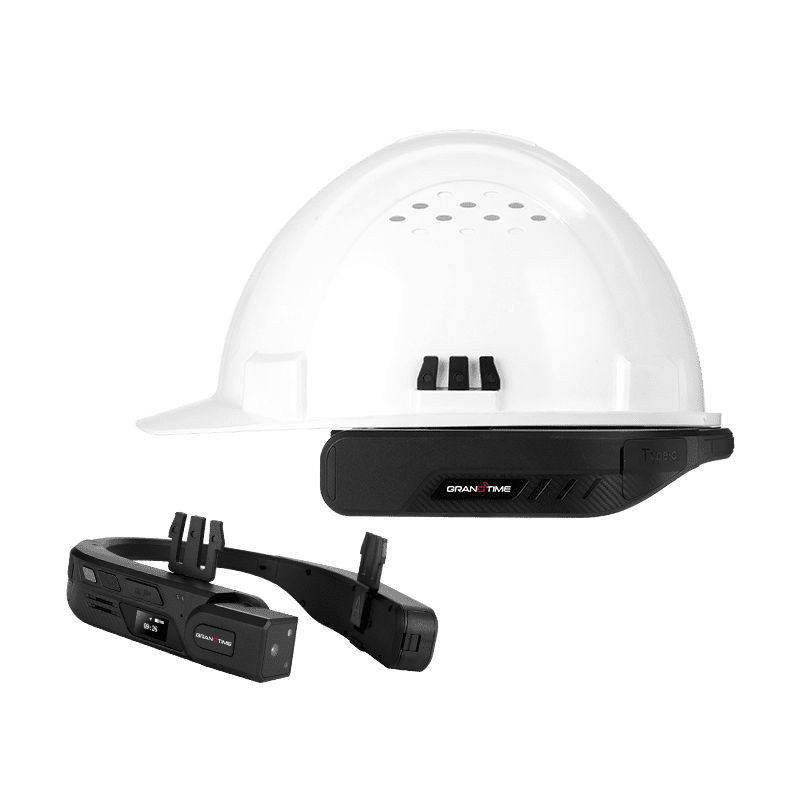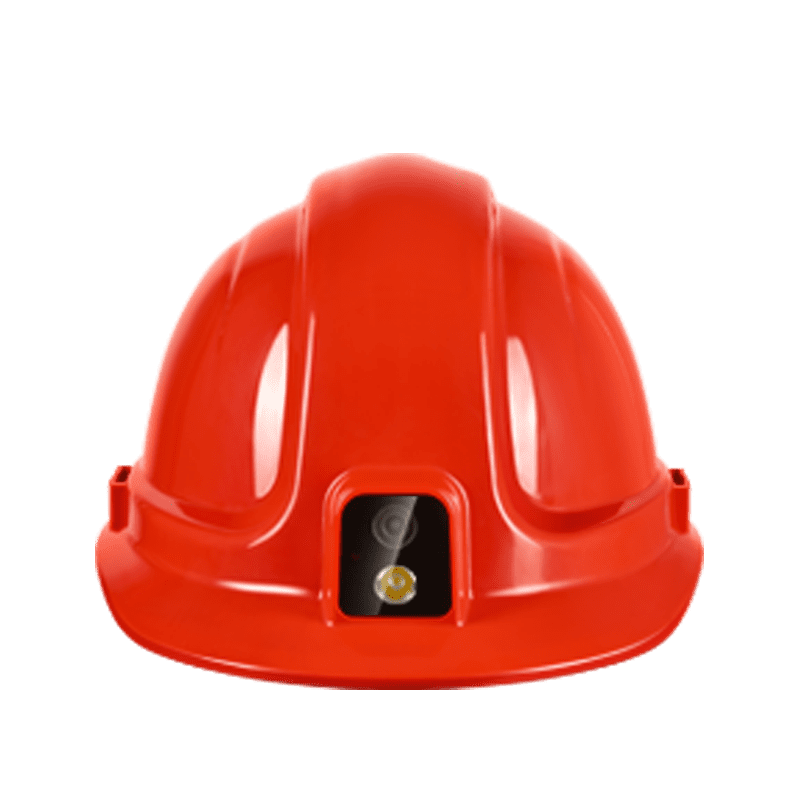Helmet cameras have become an essential tool across many industries, from extreme sports to law enforcement, construction monitoring, logistics, and emergency response. These small, wearable cameras let users capture video footage hands-free, which is critical when both safety and documentation matter.
But not all helmet cameras are the same. The way they connect and transmit data plays a big role in how useful they are in different situations. Two of the most common connection types are WiFi helmet cameras and 4G helmet cameras.
In this article, we'll list the pros of each, discuss their best use cases, and look at how a manufacturer like Grandtime is offering solid helmet camera solutions for different professional needs.
What Is a WiFi Helmet Camera?
A WiFi helmet camera is a wearable recording device that connects to a smartphone, tablet, or local router via WiFi. Instead of sending footage directly over a cellular network, the camera streams or transfers the video through a WiFi connection.
It makes WiFi helmet cameras popular in situations where:
✅ A reliable wireless network is available
✅ The user wants to download footage later instead of live streaming
✅ Cost-effectiveness is a priority
Many entry-level helmet cameras use WiFi because it allows easy pairing with an app. For example, action sports enthusiasts often choose WiFi helmet cameras for mountain biking, skiing, or motocross because they can film high-quality video, then quickly transfer it to their phone for editing and sharing.
What Is a 4G Helmet Camera?
A 4G helmet camera is built with a SIM card slot and mobile data capability, allowing it to connect directly to the cellular network. This means it can live-stream video to a command center, cloud platform, or other viewers in real-time, without relying on nearby WiFi.
That makes 4G helmet cameras the go-to option for professional use cases where instant communication and monitoring are critical. For example:
✅ Police officers sharing real-time evidence with their department
✅ Security teams monitoring construction sites or public events
✅ Firefighters transmitting live video back to headquarters during rescue operations
A 4G helmet camera is basically a mobile surveillance system on your head. While they are usually more expensive than WiFi-only models, they offer more independence and better reliability in the field.
WiFi Helmet Cameras: Pros and Best Use Cases
Pros of WiFi Helmet Cameras
Lower cost – Generally cheaper than 4G helmet cameras.
Easy setup – Pairing with smartphones and tablets is simple.
Battery efficiency – Streaming or transferring video over WiFi usually consumes less power compared to constant 4G streaming.
Great for offline use – Users can record all day and upload later when they have a stable internet connection.
High video quality – Since files are stored locally on the camera's memory card, quality is not affected by network bandwidth.
Best Use Cases for WiFi Helmet Cameras
Action Sports – Mountain biking, skiing, skateboarding, and motocross riders use WiFi helmet cameras to record footage for personal use or social media.
Training Sessions – Athletes or coaches can review footage after practice.
DIY and Hobby Recording – People working on projects can document their process hands-free.
Industrial Environments with WiFi Coverage – Workers in warehouses or factories with established wireless networks can record and upload later.
4G Helmet Cameras: Pros and Best Use Cases
Pros of 4G Helmet Cameras
Real-time streaming – Footage can be transmitted instantly to supervisors, control rooms, or cloud storage.
Remote accessibility – No need for nearby WiFi; as long as there is cellular coverage, the camera works anywhere.
Enhanced safety – Emergency response teams can monitor field personnel in real-time.
Cloud integration – Many 4G helmet cameras allow seamless cloud storage and remote playback.
Better coordination – Perfect for teams working in different locations who need live updates.
Best Use Cases for 4G Helmet Cameras
Law Enforcement – Police departments use 4G helmet cameras to monitor patrol officers and capture evidence.
Security Guards – Private security firms benefit from real-time monitoring.
Emergency Services – Firefighters, paramedics, and disaster response teams can stream from the field.
Remote Construction Sites – Supervisors can track worker activities without traveling to the location.
Logistics and Transportation – Delivery drivers and fleet operators can use them for accountability and safety.
Comparing WiFi vs. 4G Helmet Cameras
| Feature | WiFi Helmet Camera | 4G Helmet Camera |
| Cost | Lower | Higher |
| Connectivity | Needs WiFi | Uses cellular networks |
| Battery Use | More efficient | Drains faster due to constant 4G |
| Video Quality | Stored locally, full quality | Dependent on network speed for streaming |
| Best For | Sports, hobbyists, and controlled environments | Professionals, law enforcement, and emergency response |
Grandtime Helmet Cameras
When it comes to professional-grade helmet cameras, not all brands are the same. Grandtime has established itself as a reliable helmet camera manufacturer, offering both WiFi and 4G models designed for different industries.
Grandtime WiFi Smart Helmet Camera
Grandtime H6 smart WiFi helmet camera supports recording with 1080P high-definition resolution and loop recording. It can effectively help to solve a series of safety, construction, engineering, or management problems during the working process.
● 4 MP HD cameras, support loop recording
● HD wide-angle and diagonal field view D-106 degrees
● Video Format / Encoding / Video encoding bit rate: MP4/H.265
● Linux operating system, 2.0 GHz NPU
● Rom 16GB Ram 1GB
● IP65 Waterproof
● Gravity sensing supported
● Built-in WIFI 2.4G/5G, support 802.11 a/b/g/n/ac
● Bluetooth version 4.0
● Built-in 1600mAh battery
● Working hours: 7.5 hours
Grandtime 4G Smart Helmet Camera
Grandtime H1 is a fully rugged wearable smart helmet camera, which is equipped with Android 8.1 Octa-core system, built-in 4G/WIFI/GPS, high definition 13MP camera, 2W speaker, dual microphones, which can be used for voice or video communication, video recording, photos capturing, live video transmission, remote video monitoring, safety monitoring, real-time video inspection and management for the workers and professionals in engineering, construction, electric power, mining, oil, railway, subway and other industries.
● Android 8.1 OS and MTK platform
● Support 3G, 4G, and Wi-Fi Network
● One-touch PTT button for voice communication
● Torchlight and red laser positioning light
● 1080p Real-Time HD video Recording
● IP66 rating, dustproof and waterproof
● 1.5 meters drop test resistance
● Live video streaming to management
● Remote video monitoring and recording
Conclusion
Choosing between a WiFi helmet camera and a 4G helmet camera depends on your goals. If you want affordability and offline recording for later use, WiFi helmet cameras are a great choice. But if you need real-time streaming, instant access, and professional monitoring, then 4G helmet cameras are the way to go.
For businesses and teams that rely on reliable equipment, Grandtime helmet cameras provide both options. Feel free to contact us at [email protected] for more detailed information.




